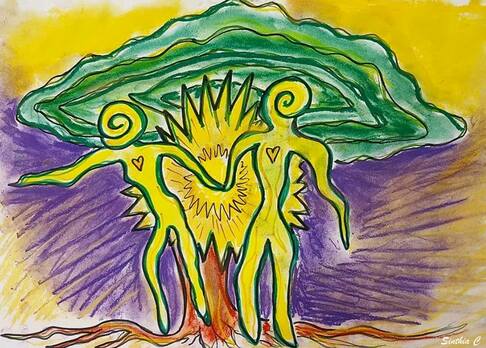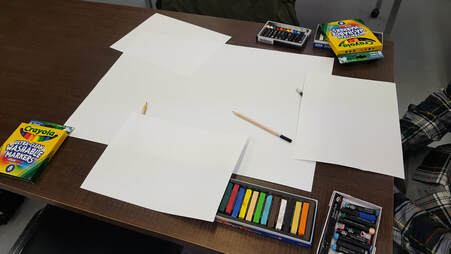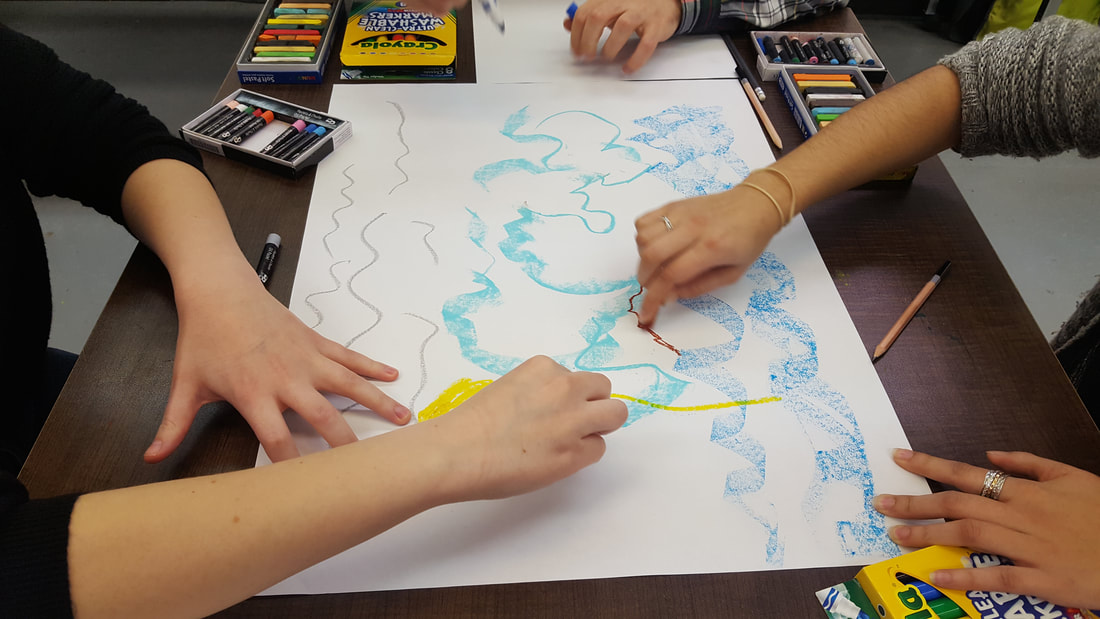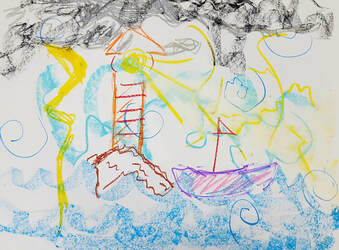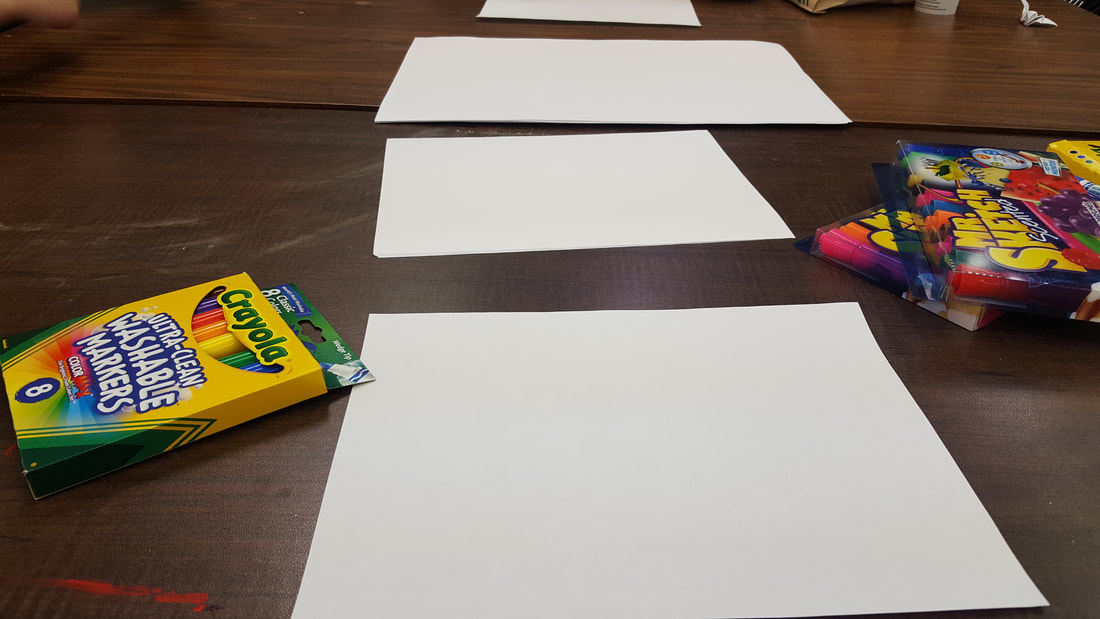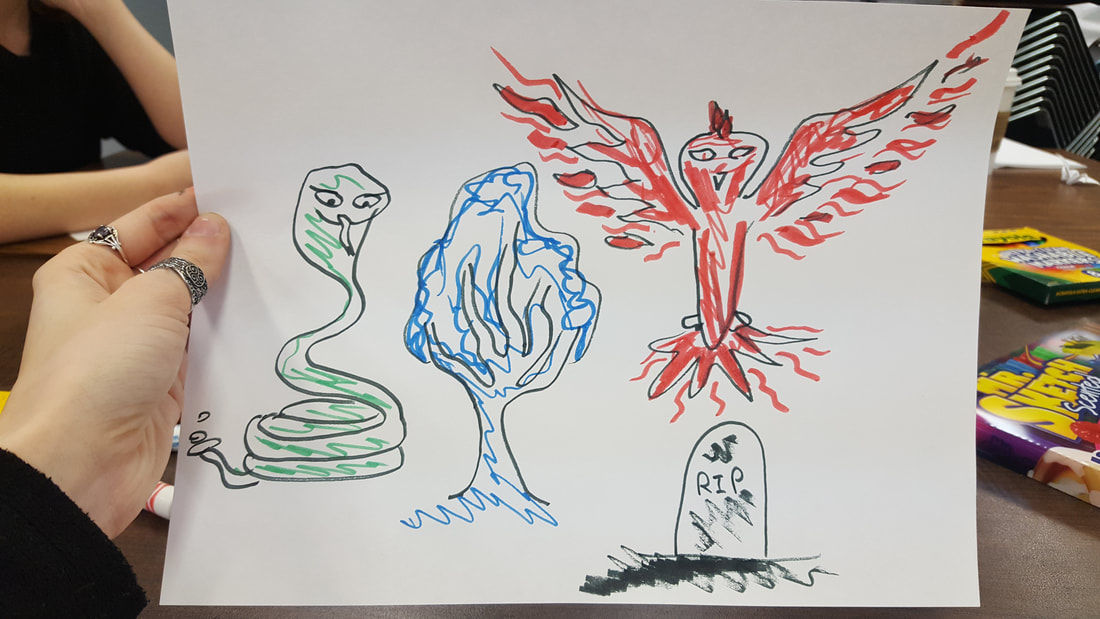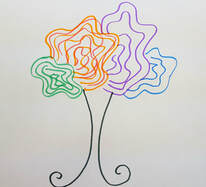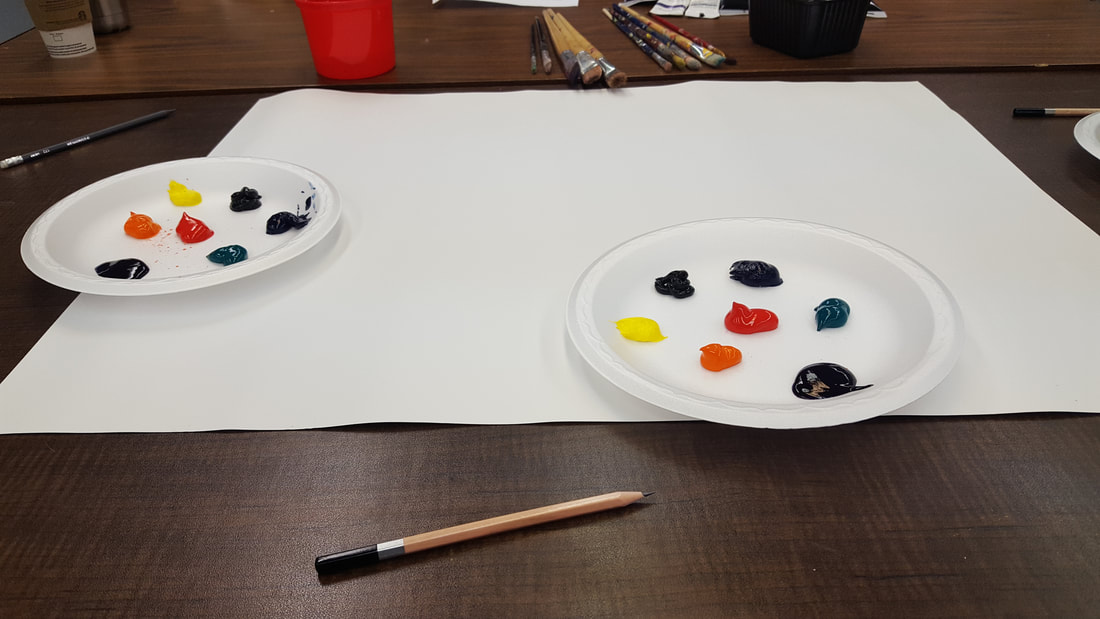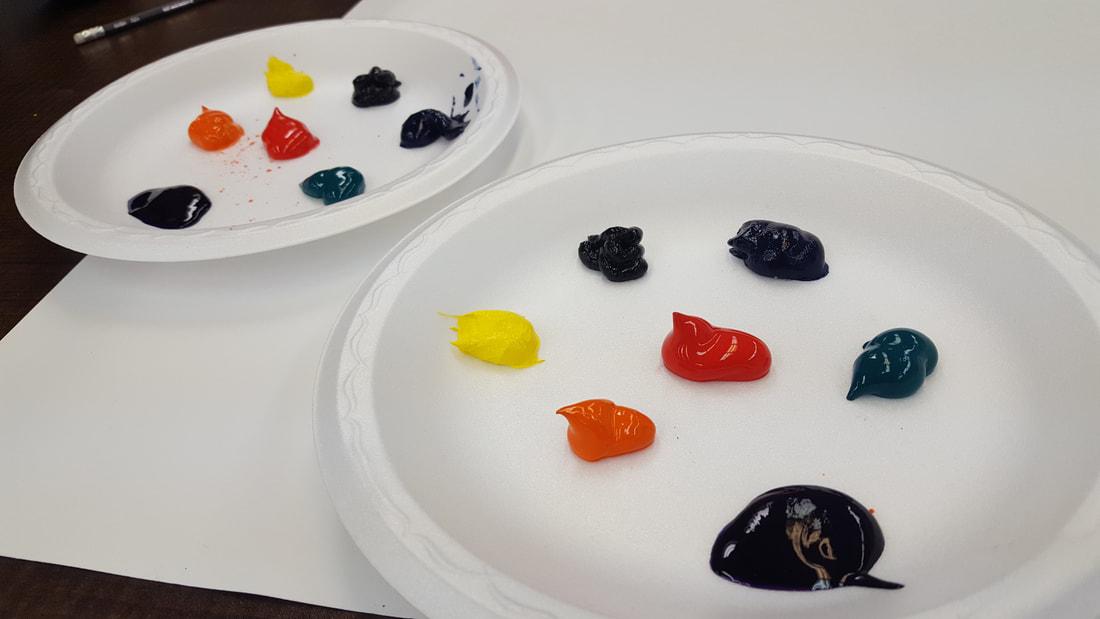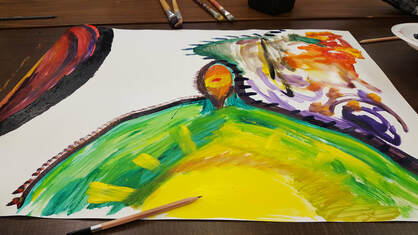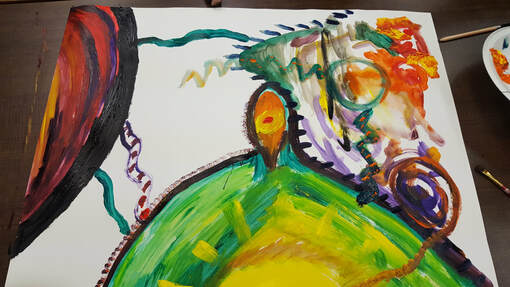- Sinthia Cousineau
- Ceramic Art
- Drawings
- Paintings
-
Photography
-
Art Education
-
Art & Adolescence
>
- Mural Project >
- Lesson: Eco Art
- Lesson: Decorating Fabric
- Lesson: Zentangles & Patterns
- Lesson: Social Media, consumerism & war
- Lesson: Bag Sculptures & Positive Body Image
- Lesson: Caricatures & political activism
- Lesson: Canadian Landscapes & Group of Seven
- Tattoo Art & Meaningful Images
- Lesson: Stenciling Street Art
- Lesson: Plaster Figures (grade 7-9)
- Photoshop Lesson
- Lesson: Value Scales
- Lesson Plan: Video Art
- Lesson Plan: Sound Art
- Lesson: GIF Project
- Lesson: Mashup Videos
- Art Education & Older Adults >
-
Art & Children
>
- Collage & other art Activities >
-
Drawing Activities with Kids
>
-
Pencil, Markers and Coloring
>
- Introductory Lesson
- Introduction Lesson: Egyptian Name Cartouche
- Reptile Zentangle Drawing >
- Illustrated Names
- Symmetrical Name Creatures
- Drawing from Autumn Still-lives
- Grid Drawing Technique
- Lesson: Alliteration Drawing
- Drawing: 3D Hands
- Leaf Drawing Collage
- Ancient Egypt Art
- Collaborative Doodle
- Drawing: Hidden Emotions Behind the Mask
- Scribble Drawing
- Drawing : Word Art
- Lesson Plan: Renaissance Invention Scroll
- Lesson: La Bande Dessinée
- Lesson: Optical Illusions
- Oil Pastels >
- Chalk & Soft Pastel >
- Charcoal >
-
Pencil, Markers and Coloring
>
-
Painting Activities with Kids
>
-
Acrylic Painting Lessons
>
- Acrylic Pouring
- Australian Dot Painting
- Blow Paint Technique
- Bubble Wrap Painting: Bee
- Pointillism Painting
- Funky Easter Rabbit
- Lesson: The Color Wheel
- Monochromatic Painting
- Painting: Birch Tree
- Leaf Painting
- Pumpkin Painting
- Painting: Rock Painting
- Squeegee Painting Technique
- Origami Inspired Painting
- Coffee Art
- Watercolor Activities >
-
Acrylic Painting Lessons
>
- Mixed Media Activities with Kids >
- Types of Art >
- History Lessons
-
Art & Adolescence
>
-
Art Therapy
- 3D Art & other mediums
- Videos
- Contact Me
"Bond of love" by Sinthia Cousineau
Systemic Group Therapy
Boat-Storm-Lighthouse Drawing
Therapeutic Stance:
The role of a systemic therapist is to adopt a “not knowing” position and avoid imposing their values. The therapist should be considerate about their own experience as a tool to further the therapeutic process. The therapist is not the expert of knowledge but instead a catalyst for change, and should aim to initiate change within the system. The therapist should change the problem by seeing the group as a system, which is defined as two or more people in a relationship (Riley, 1985). The main task of the therapist is to discover how the dysfunction in the system has taken place, and what processes are required to fix the dysfunction. The therapist should aim to establish a safe and open environment, try to assess the group relationships and dynamics, and facilitate open communication among group members. The therapist models acceptance of diverse beliefs and experiences within the group. To assess family dynamics that contribute to the child’s functioning and adjustment (Lowenstein, 2010).
The role of a systemic therapist is to adopt a “not knowing” position and avoid imposing their values. The therapist should be considerate about their own experience as a tool to further the therapeutic process. The therapist is not the expert of knowledge but instead a catalyst for change, and should aim to initiate change within the system. The therapist should change the problem by seeing the group as a system, which is defined as two or more people in a relationship (Riley, 1985). The main task of the therapist is to discover how the dysfunction in the system has taken place, and what processes are required to fix the dysfunction. The therapist should aim to establish a safe and open environment, try to assess the group relationships and dynamics, and facilitate open communication among group members. The therapist models acceptance of diverse beliefs and experiences within the group. To assess family dynamics that contribute to the child’s functioning and adjustment (Lowenstein, 2010).
Art Therapy Intervention:
Goal:
Goal:
- Learn information about the family or group, especially sources related to danger. Then identify ways to support.
- Create an opportunity for group members to express feelings. Example: fear, helplessness, bravery.
- To identify family roles and help reframe patient’s dysfunctional behavior in an attempt to preserve the status quo on their family system (Riley,2003).
Intervention:: Creating a group drawing of a boat, storm and lighthouse.
Instructions:
Aimed for families in a safe environment where each participant has privacy to write but access to the drawing.
Instructions:
- Step 1: Family or group members told to fill large white paper with one drawing of a boat, storm and a lighthouse. This activity is to be done silently (10 mins).
- Step 2: Each person will write a story about what they think happened before, during and after the storm. (5 mins) They will share their story with other participants.
- Step 3: Therapist guides the group into a discussion involving their fears.
- What do you think it would have been like to be in the boat with your family during a storm?
- Who would have been the most helpful? The least helpful?
- What are some feelings you would have had in the worst part of the storm?
- If you were to be rescued how do you think it would have occurred?
Aimed for families in a safe environment where each participant has privacy to write but access to the drawing.
References
Connors, J. V., & Caple, R. B. (2005). A review of group systems theory. The Journal for Specialists in Group Work, 30(2), 93-110.
Hecker, L. L., Mims, G. A., & Boughner, S. R. (2015) General systems theory, cybernetics, and family therapy. In L. L. Hecker, & J. L Wetchler, (Eds). An Introduction to Marriage and Family Therapy pp. 43-64). New York: Routledge.
Landgarten, H.B. (1987). Family art therapy: A clinical guide and casebook. New York: Routledge.
Lowenstein, L. (2010). Creative family techniques: play, art, and expressive activities to engage children in family sessions. Toronto, ON: Champian Press.
Riley, S. (1985). Draw me a paradoc?...family art psychotherapy utilizing a systemic approach to change. Journal of the American Art Therapy Association, 2 (3), 116-124. DOI:10.1080/07421656.1989.10758802
Riley, S., & Malchiodi, C. (2003). Family art therapy. Handbook of art therapy, 362-374. New York: Guilford.
Connors, J. V., & Caple, R. B. (2005). A review of group systems theory. The Journal for Specialists in Group Work, 30(2), 93-110.
Hecker, L. L., Mims, G. A., & Boughner, S. R. (2015) General systems theory, cybernetics, and family therapy. In L. L. Hecker, & J. L Wetchler, (Eds). An Introduction to Marriage and Family Therapy pp. 43-64). New York: Routledge.
Landgarten, H.B. (1987). Family art therapy: A clinical guide and casebook. New York: Routledge.
Lowenstein, L. (2010). Creative family techniques: play, art, and expressive activities to engage children in family sessions. Toronto, ON: Champian Press.
Riley, S. (1985). Draw me a paradoc?...family art psychotherapy utilizing a systemic approach to change. Journal of the American Art Therapy Association, 2 (3), 116-124. DOI:10.1080/07421656.1989.10758802
Riley, S., & Malchiodi, C. (2003). Family art therapy. Handbook of art therapy, 362-374. New York: Guilford.
Proudly powered by Weebly
- Sinthia Cousineau
- Ceramic Art
- Drawings
- Paintings
-
Photography
-
Art Education
-
Art & Adolescence
>
- Mural Project >
- Lesson: Eco Art
- Lesson: Decorating Fabric
- Lesson: Zentangles & Patterns
- Lesson: Social Media, consumerism & war
- Lesson: Bag Sculptures & Positive Body Image
- Lesson: Caricatures & political activism
- Lesson: Canadian Landscapes & Group of Seven
- Tattoo Art & Meaningful Images
- Lesson: Stenciling Street Art
- Lesson: Plaster Figures (grade 7-9)
- Photoshop Lesson
- Lesson: Value Scales
- Lesson Plan: Video Art
- Lesson Plan: Sound Art
- Lesson: GIF Project
- Lesson: Mashup Videos
- Art Education & Older Adults >
-
Art & Children
>
- Collage & other art Activities >
-
Drawing Activities with Kids
>
-
Pencil, Markers and Coloring
>
- Introductory Lesson
- Introduction Lesson: Egyptian Name Cartouche
- Reptile Zentangle Drawing >
- Illustrated Names
- Symmetrical Name Creatures
- Drawing from Autumn Still-lives
- Grid Drawing Technique
- Lesson: Alliteration Drawing
- Drawing: 3D Hands
- Leaf Drawing Collage
- Ancient Egypt Art
- Collaborative Doodle
- Drawing: Hidden Emotions Behind the Mask
- Scribble Drawing
- Drawing : Word Art
- Lesson Plan: Renaissance Invention Scroll
- Lesson: La Bande Dessinée
- Lesson: Optical Illusions
- Oil Pastels >
- Chalk & Soft Pastel >
- Charcoal >
-
Pencil, Markers and Coloring
>
-
Painting Activities with Kids
>
-
Acrylic Painting Lessons
>
- Acrylic Pouring
- Australian Dot Painting
- Blow Paint Technique
- Bubble Wrap Painting: Bee
- Pointillism Painting
- Funky Easter Rabbit
- Lesson: The Color Wheel
- Monochromatic Painting
- Painting: Birch Tree
- Leaf Painting
- Pumpkin Painting
- Painting: Rock Painting
- Squeegee Painting Technique
- Origami Inspired Painting
- Coffee Art
- Watercolor Activities >
-
Acrylic Painting Lessons
>
- Mixed Media Activities with Kids >
- Types of Art >
- History Lessons
-
Art & Adolescence
>
-
Art Therapy
- 3D Art & other mediums
- Videos
- Contact Me
